
探索Pashmina披肩和包裹的美丽和工艺
羊绒的精湛工艺
羊绒披肩的复杂旅程将原始的 Pashmina 羊毛转化为成品披肩的过程既复杂又耗费人力,需要经过几个详细的步骤才能达到最高的品质。
帕什米纳羊毛系列
旅程从采集原产于青藏高原高海拔地区的 Changthangi 山羊的羊毛开始。这些山羊在春季通过精心梳理收集了一层细腻的底毛。这种底毛因其丝滑的质地和温暖而备受推崇,是 Pashmina 披肩和围巾的基础。
手工加工羊毛
采集后,细腻的羊毛纤维经过手工处理,将细腻的内层毛与粗糙的外层毛分开。这项精确且耐心的任务对于保持 Pashmina 羊毛的质量至关重要。
手工纺纱
下一步是使用传统的木制纺车(称为“纺纱机”)将羊毛纺成纱线。为了保留纤维的原始特性,此过程必须手工完成,以避免损坏,确保纱线保持坚韧柔软。
如今,大多数羊绒纱线都是通过机器纺纱生产的。机器纺制的羊绒提高了效率和一致性,可以更快地进行大规模生产。这种现代方法大大缩短了生产时间,同时保持了设计和质量的一致性。
保留传统
我们秉承手工纺织和手工编织的古老传统,确保每条 Pashmina 披肩和围巾都符合最高标准。这种对传统的坚持确保了每件产品的真实感和品质。
工匠手工编织
纺好的纱线随后由技艺高超的工匠在传统手织机上进行编织,其中许多人已经世代传承了他们的手艺。编织过程可能需要数周甚至数月,因为每根纱线都经过精心编织,完美无缺。
克什米尔手工遗产的体现
这一耗时且细致的工序确保最终的 Pashmina 披肩是一件艺术品,能够反映克什米尔丰富的文化遗产。Shahkaar 自豪地提供这些杰作,体现了克什米尔工匠的奉献精神、工艺和艺术性。
羊绒的永恒之美
爱的劳动从开始到结束,制作一条 Pashmina 披肩或围巾是一个充满奉献精神的过程,充满了传统和工艺气息。
独特的艺术品
每条 Pashmina 披肩都是独一无二的,手工染色工艺赋予每条披肩独特的外观和魅力。这种独特性使每条披肩都成为独一无二的艺术品。
选定 Pashmina 披肩的底色后,选择图案,并雕刻在手工木块上。然后将设计印在披肩上,形成美丽的图案。
精致刺绣
印上图案后,披肩被交给熟练的工匠进行刺绣。无论是花卉图案还是几何图案,这些披肩都变成了令人惊叹的杰作。
庆祝传统方法
我们保留了手工纺纱、手工染色、版画印刷和刺绣的传统方法,以确保每条披肩都代表克什米尔丰富的文化遗产。
不仅仅是时尚
我们的 Pashmina 披肩和围巾不仅仅是一种时尚配饰,更是一种艺术品,讲述着克什米尔数百年的传统和工匠无与伦比的工艺。
帕什米纳的文化意义
生活方式克什米尔的羊绒不仅仅是一种面料,它代表了一种与当地文化和传统紧密交织的生活方式。它体现了几个世纪以来塑造该地区的工艺、社区和可持续性价值观。
世代艺术
帕什米纳编织工艺代代相传,保留了丰富的遗产。每位工匠都传承着祖先的知识和技术,确保这项工艺仍然鲜活而具有影响力。
整个家族都参与了 Pashmina 的生产过程。妇女通常负责纺羊毛和在披肩上添加精致的刺绣。男性通常操作传统的手工织布机,延续工艺。
技能保存
这种分工有助于保留传统技艺,培养社区意识和协作精神。它确保了 Pashmina 编织工艺在几代人中继续蓬勃发展。
生计
帕什米纳产业为该地区无数工匠提供了重要的生计,维持着家庭和当地经济。这种经济支持在保护克什米尔的文化特征和传统方面发挥着至关重要的作用。
结论
羊绒披肩和围巾 不仅仅是配饰;它们体现了数百年的工艺、传统和艺术。 沙卡尔,我们致力于通过提供正宗的 Pashmina 产品来保护这一丰富的遗产,这些产品展示了克什米尔工匠的美丽和技艺。每条披肩都是爱的结晶,从精心挑选的羊毛到复杂的编织和刺绣,都经过精心制作。通过佩戴 Pashmina 披肩或披肩,您可以彰显时尚,拥抱永恒的传统,提供温暖、优雅和无与伦比的奢华。


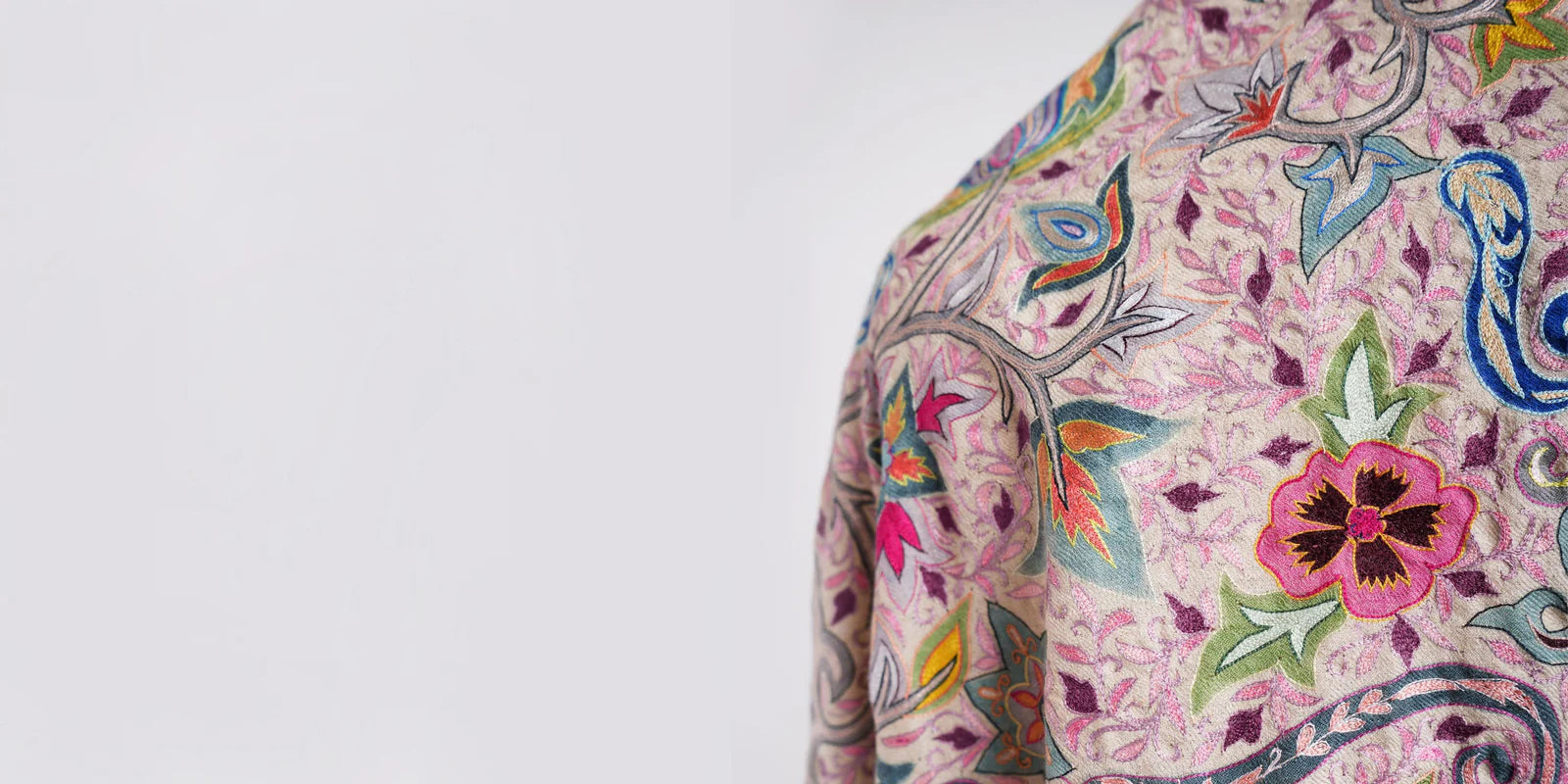
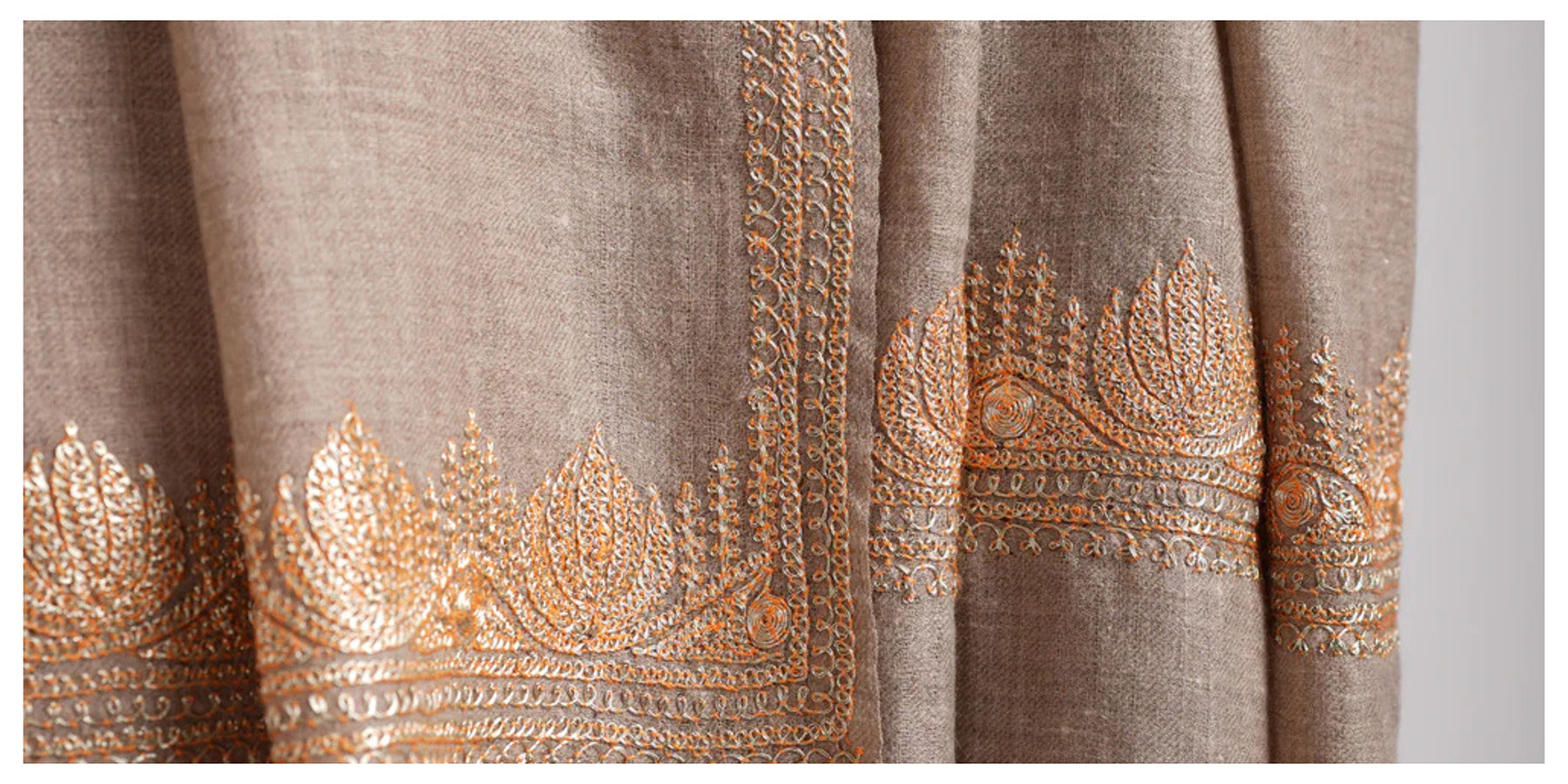
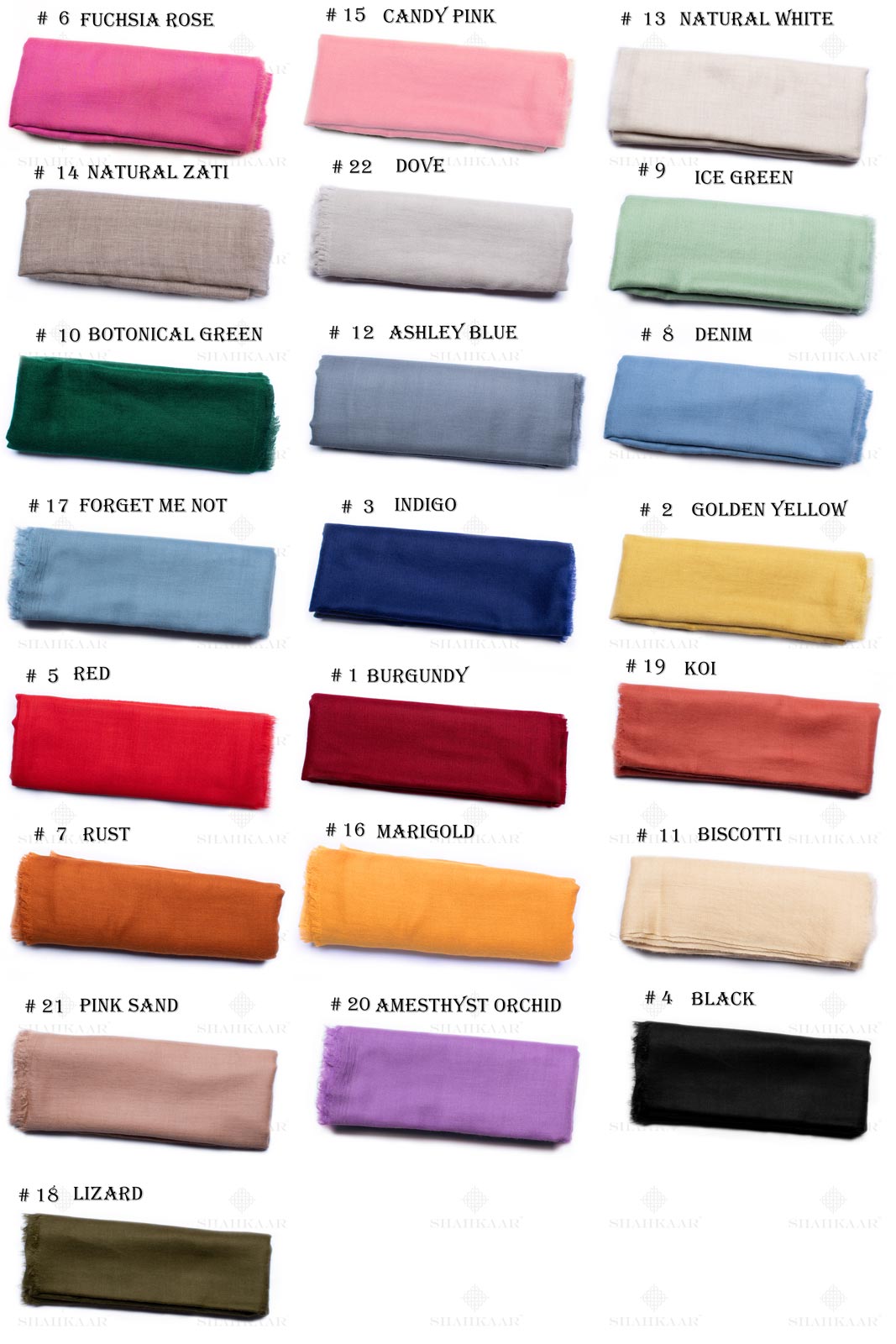

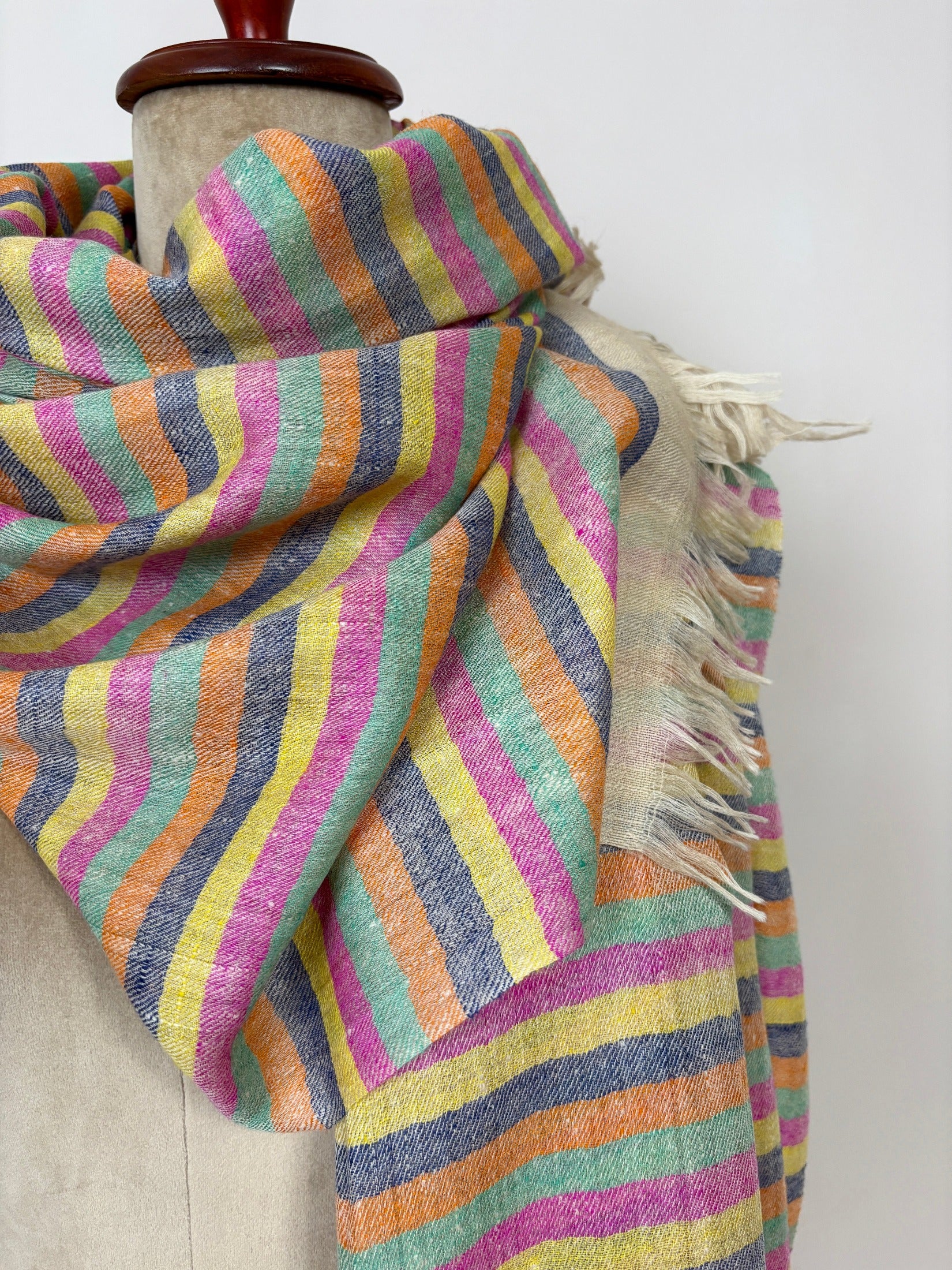



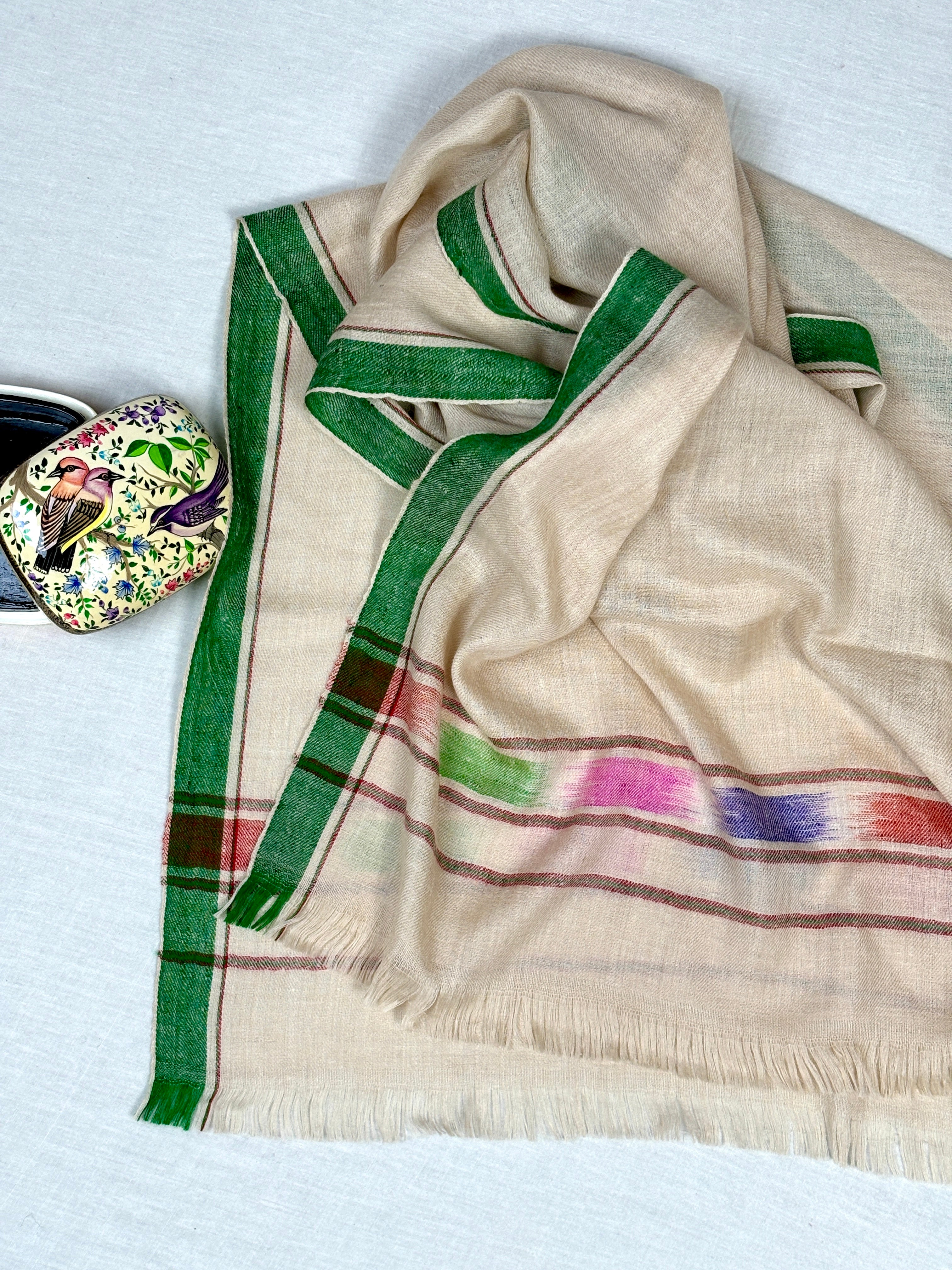
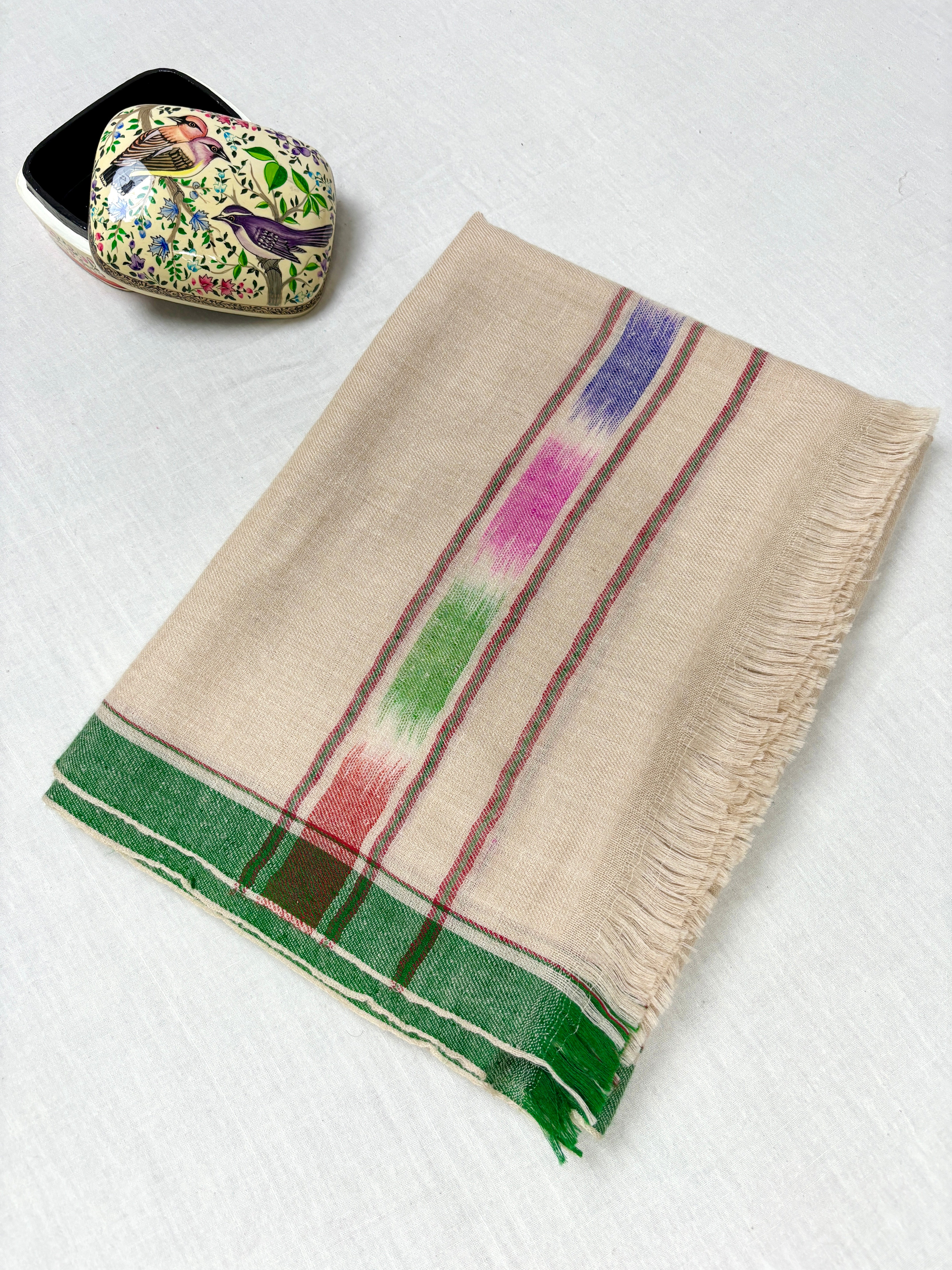
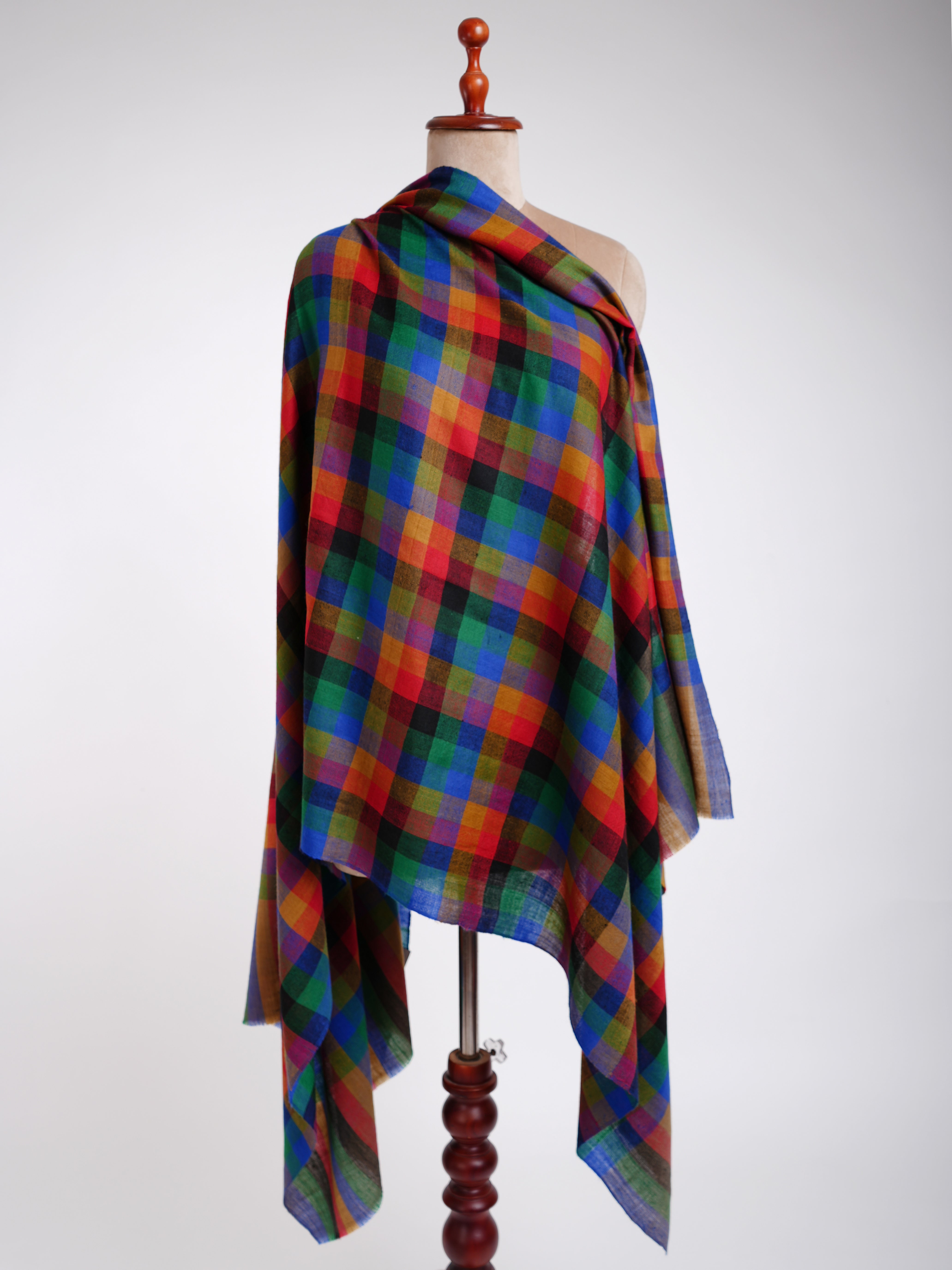
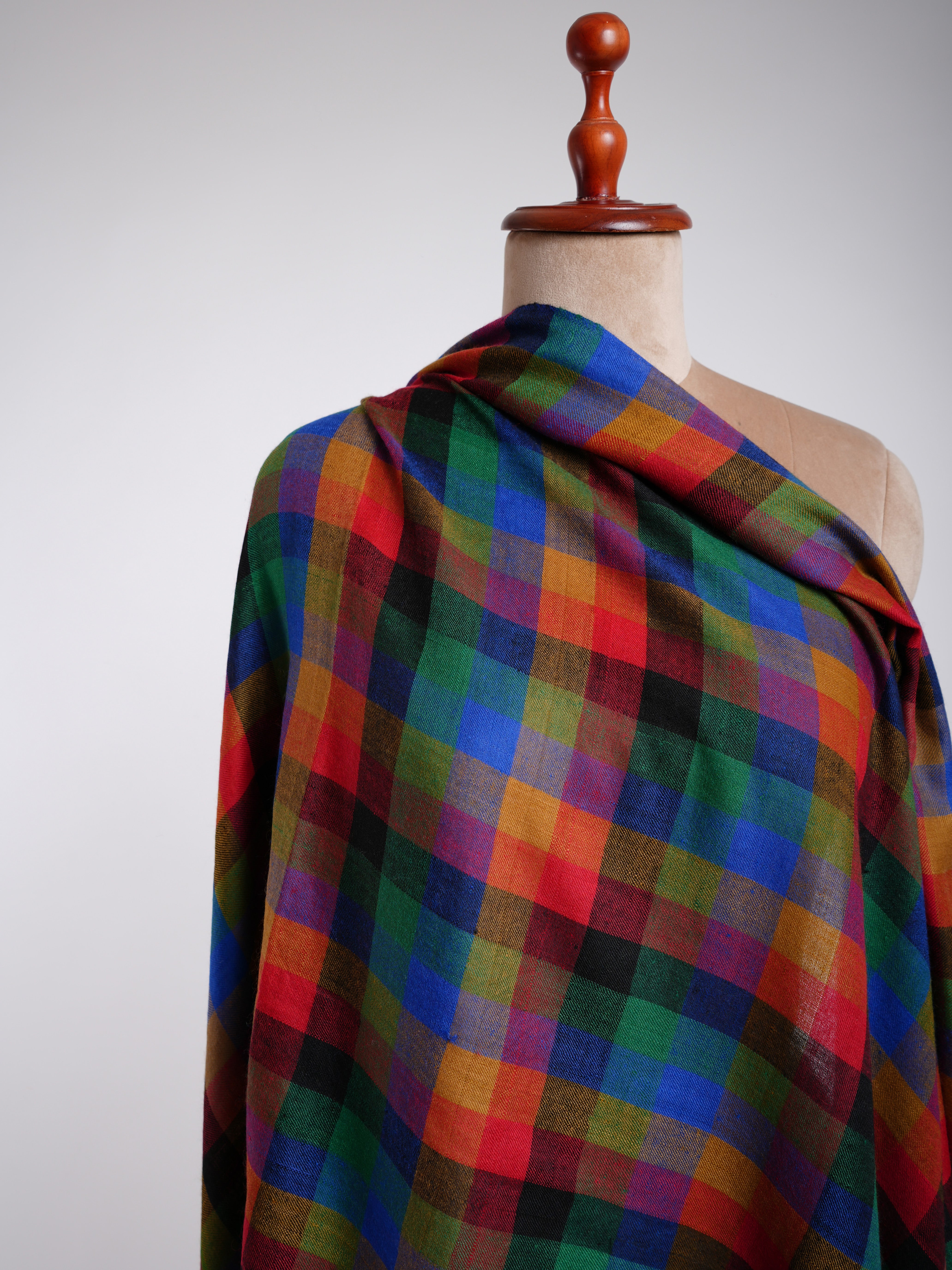
发表评论
此站点受 hCaptcha 保护,并且 hCaptcha 隐私政策和服务条款适用。